Meet Gianfranco Fernández Ruiz | Writer & Director
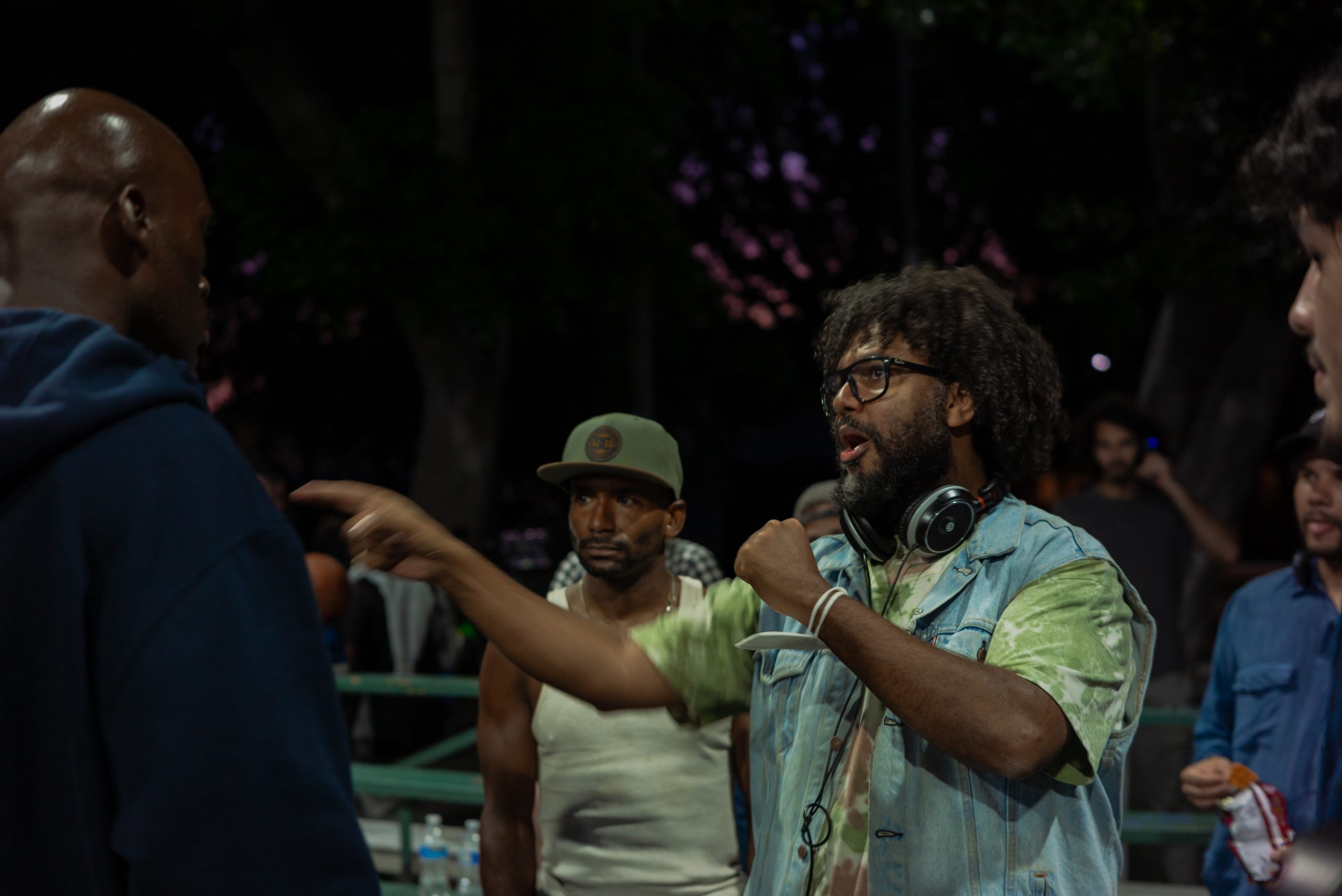
We had the good fortune of connecting with Gianfranco Fernández Ruiz and we’ve shared our conversation below.
Hi Gianfranco, what do you attribute your success to?
How are we defining success? For me, it comes down to two distinct values.
First, there’s personal triumph—taking a chance on something and seeing it through. Big or small. Filmmaking takes years, so I treat every milestone as a win. I need those moments to fuel me, to keep rolling forward. From concept to outline, outline to script, revision to revision, and through all three phases of production—it’s a marathon. It takes so many people, so many resources. Every film is a miracle. Recognizing that, and your role in it, is an important milestone in any industry.
Then, there’s the measurement of that success. Early on, you look at where your film is playing and where other people’s films are playing. But comparison is reductive. Remember the triumph, then find your audience. I’ve been fortunate to screen at world-renowned festivals like Telluride, and I don’t take that for granted. But I’ve also been rejected by places I once craved validation from. At some point, you have to redefine what matters.
For me, it’s about whose hands my films get into and what conversations they spark. That’s something my team and I can actively shape. It reorients the playing field—making it about self-progress rather than industry progress.
That doesn’t mean I ignore the industry. I can’t. My ear is always to the ground. But when it comes to measuring success, it has to be something I feel I can do something about.
So, and I do this all the time, to answer your question so longwindedly, the most important factor behind my success is in taking the time to understand what success means to me.
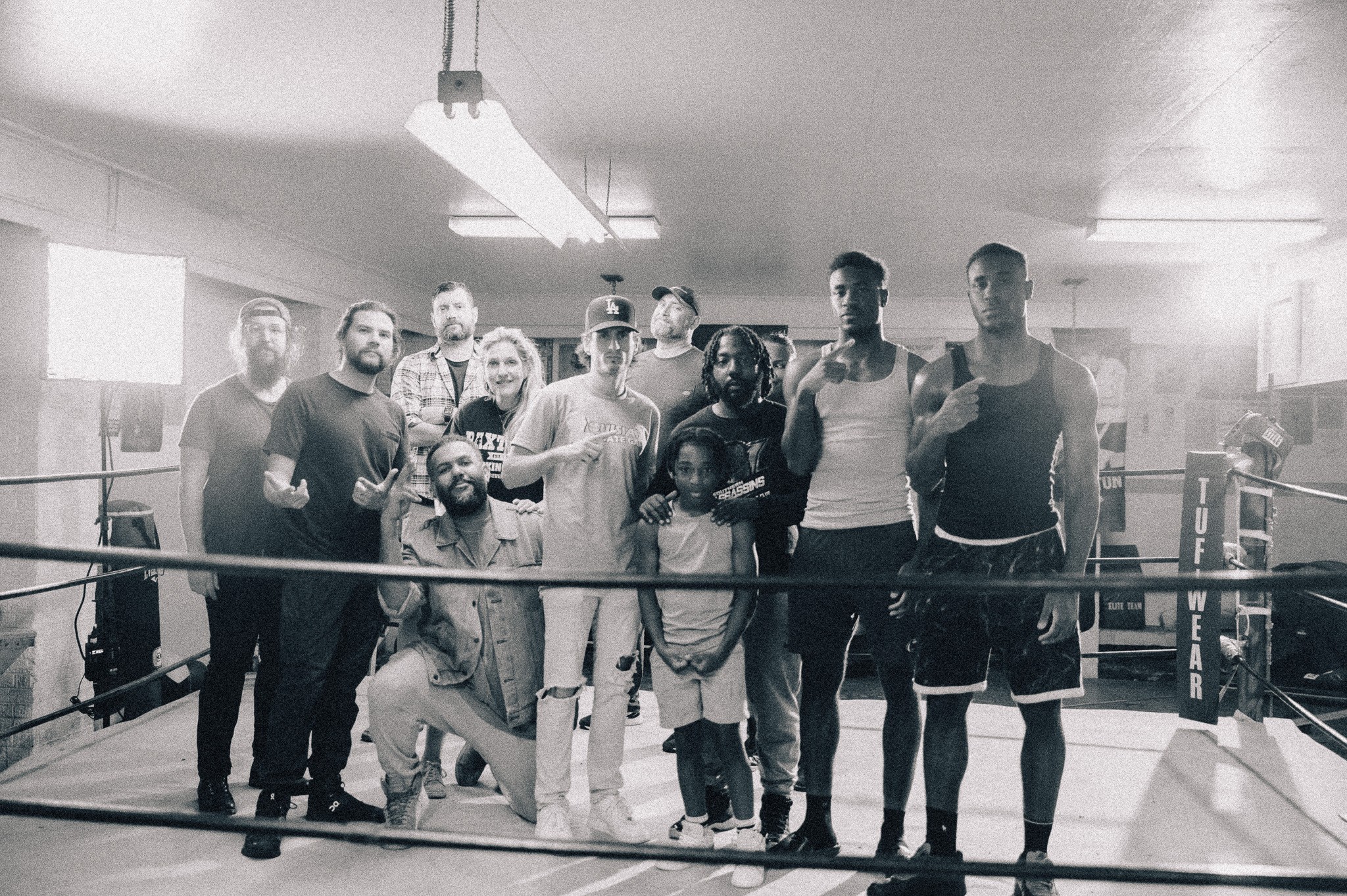
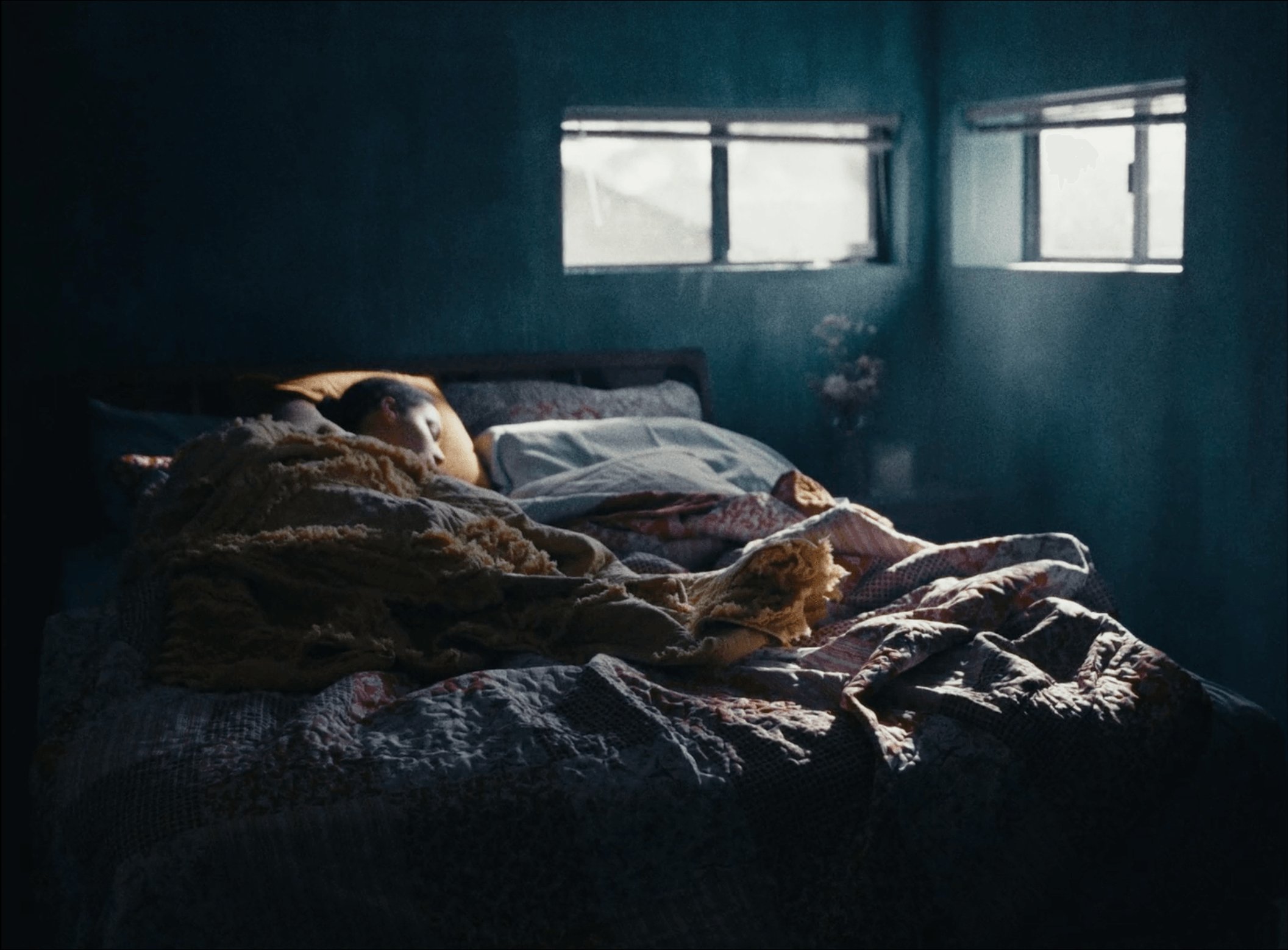
Can you open up a bit about your work and career? We’re big fans and we’d love for our community to learn more about your work.
Understanding the container I’m in. I don’t think anyone could watch my films back-to-back and immediately pinpoint them as mine. But that’s not to say there isn’t a throughline. There are tenets in my work—consistent foundations that shape my approach, regardless of genre or story.
1. Character, Character, Character
You want plot? Give me character—one weighted with existing or rising tensions, whether internal, external, or both. You want story? Give me characters who live, who contradict themselves, who wrestle with their realities in ways that later weave into other elements of the world. And in the world we live in today, where diversity is championed and challenged, I have to say, character comes before culture. For me, character always comes first.
2. Painting Characters with Directorial Tools
Filmmaking is a language, and early on, I didn’t fully understand the tools at my disposal. My instincts leaned either too expository or too abstract—no middle ground. But over time, I trained my eye. I learned how perspective and execution shape a character’s emotional world and an audience’s experience in relationship to that character. Whether it’s through a subjective lens or an observational one, every choice has to be deliberated, but deliberate. A little play on words there. Let me hit you with some of my favorite tools:
Diegetic Sound – The world a character inhabits is just as revealing as what they say. I pay close attention to how soundscapes shape perception—how they motivate mise-en-scène, or, conversely, how silence punctuates meaning.
Music as an Early Collaborator – I’m a sucker for sweeping scores, which is why I prioritize working with composers early—often before a production designer, sometimes before my cinematographer, before I’ve even met with department heads. I like to sit with my team and play the score for them. That’s what we’re doing, that sound, that’s the tone. And if you listen to my work, I think you’ll notice that emphasis. Shoutout to Eduardo VC, Alain Emile, and Melody Gun Studios for shaping these worlds with diegetic and non-diegetic sound.
Color Theory – Just another storytelling tool I obsess over. Whose POV are we in? How does that world look through their eyes? In my short film When Big People Lie, we see the world through the innocence and poetry of an 8-year-old boy. That means primary colors—mustard yellows, cadmium reds, ocean blues. When done right, color doesn’t just complement the story, it deepens it.
3. Treat Adaptability like Survival
Filmmaking is problem-solving all the way through from beginning to end. Shoutout to my producers who come in and help solve them from the beginning. Because, man, plans shift in cinema, one day your production looks rosy, the next, you’ve lost your principal actor, and the picture car is three times more expensive than when you budgeted everything out. Moments evolve, and the best directors are the ones who can stay hyper-present. I know when I know my story inside and out—when I’ve internalized the edit, the characters, the emotional beats—I develop a sixth sense catered to that project, an almost omniscient sense–like a truth radar. And when that truth appears, even in an unplanned moment, I pounce. Inspiration is as fickle as a toddler, needing the most attention when you’re the most bogged down—so not having an active instinct for adaption is condemnatory .
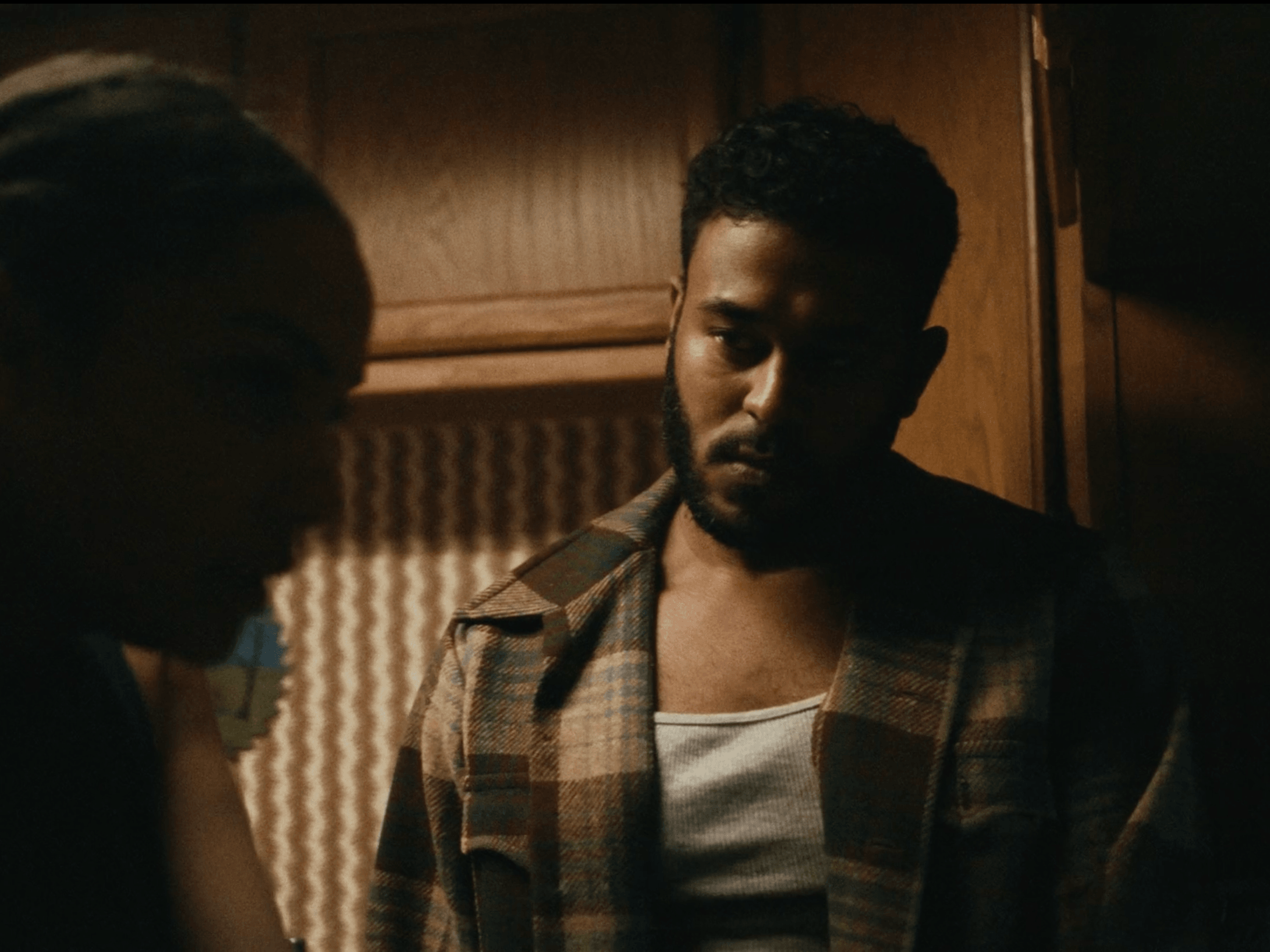
Let’s say your best friend was visiting the area and you wanted to show them the best time ever. Where would you take them? Give us a little itinerary – say it was a week long trip, where would you eat, drink, visit, hang out, etc.
So going back to inspiration being fickle… I find that routine works like a conductor for inspiration. It’s not an exact science. The disruption of routine can also spark something. But I like to be in places that offer clarity because my mind is a calamitous minefield. I blame the ADHD!
I’m newly a fan of Little Fish. Shoutout to my girl Dom for putting me on, and her friend that put us both on! I love Quarter Sheets Pizza. I’m craving it now. See you set me up with this question. Why do you want me to go spend money? What’s your agenda?
The Silver Lake scene is cool. I heard somebody called it the Brooklyn of LA, and I think that’s true if you’re around to spend money. Just eat over in the Silver Lake/Echo Park area. But if we’re talking deep cuts, you have to go hit Karibbean Cuisine out in Culver City area. Tell Tia I sent you, and don’t forget to ask her for la bendicion. You know, Culver gives me more of a Brooklyn vibe, if I’m being real with you.
If you’re a cine like me, over in Los Feliz you can have a whole night on the strip right by the American Cinematheque. Go for the indies, pop out and hit Skylight, it’s a quaint little bookstore. Bring a camera! The light is peak. Then hop next door and you’ll find this dope little French cafe called Figaro. How’s that for a day? It’s not a whole itinerary, but I gotchu on the next interview!
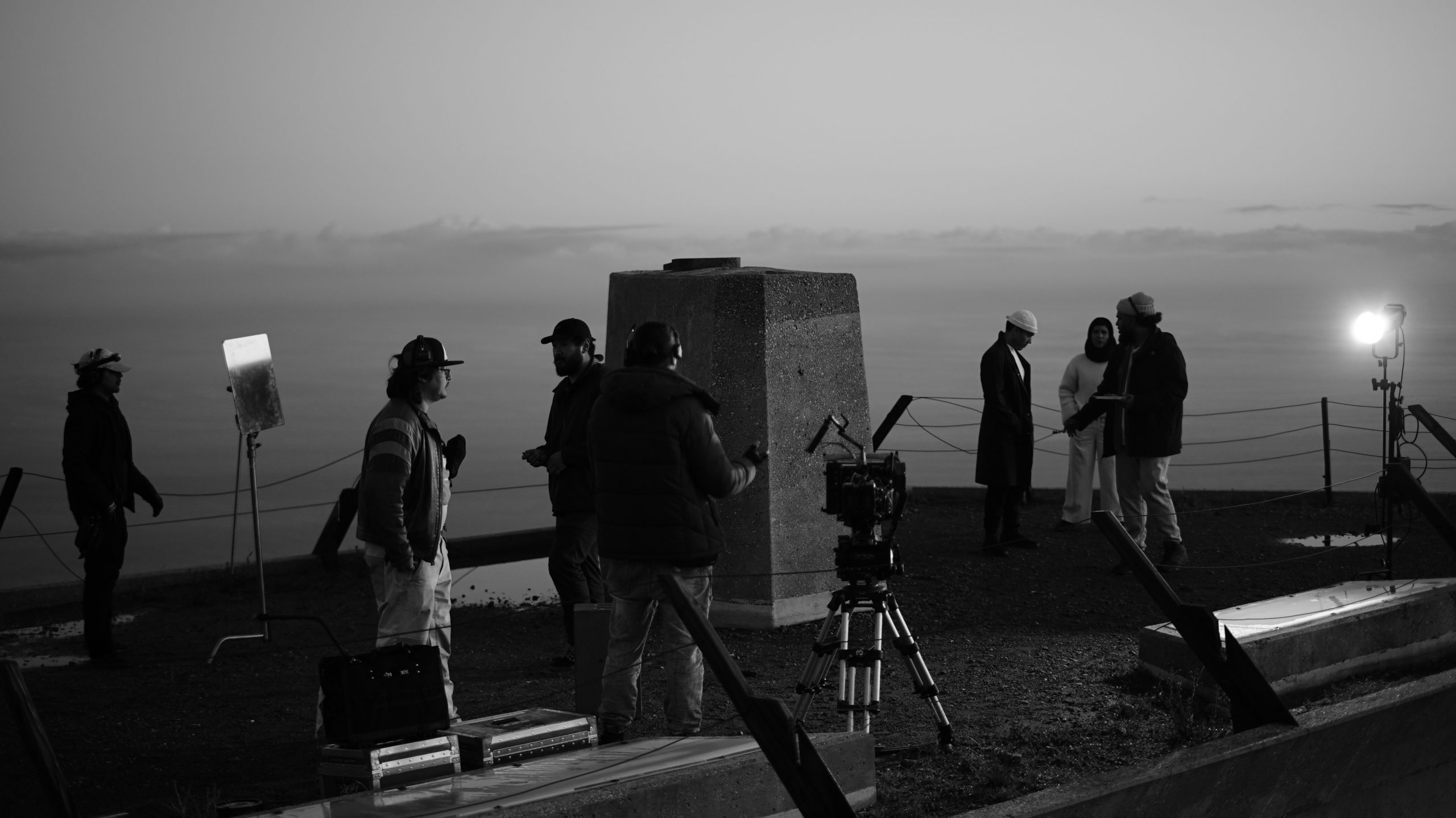
Who else deserves some credit and recognition?
Real art comes from earnest, high-quality collaboration—a lesson I learned repeatedly at the AFI Conservatory, working alongside a myriad of top-tier professionals and future peers. Shoutout to those who offer thoughtful feedback and critical assessment, but more importantly, shoutout to the men who show up for young people in their communities. In my eyes, they’re heroes.
The selflessness of people like that make me focus so intently on the relationships within interwoven communities. The contrast in perspectives, the shared experiences—the way we’re simultaneously connected and dysfunctional.
So my hat goes off to the leaders of young men, the cultivators of culture, and all my teachers—both in formal education and in lived experience. And I have to acknowledge some key institutions:
The Black Hollywood Education Resource Center, where mentorship is woven into the fabric of the organization and where so much undiscovered Black talent finds its start.
The Latino Film Institute, where I’ve found champions of my work and other incredible BIPOC voices.
NewFilmmakers LA, whose thoughtful programming, dedication to talent development, and industry networking played a huge role in helping me start my career.
And lastly, Rideback Rise—they’ve got a phenomenal team committed to bridging the gap for artists with quality work who are just outside the industry., scratching at the door. What they offer isn’t just access; it’s a group of people dead-set on investing in you in a real way.
Website: https://www.gianfrancofernandezruiz.com
Instagram: gianfranco_f_ruiz
Linkedin: https://www.linkedin.com/in/directorgfr
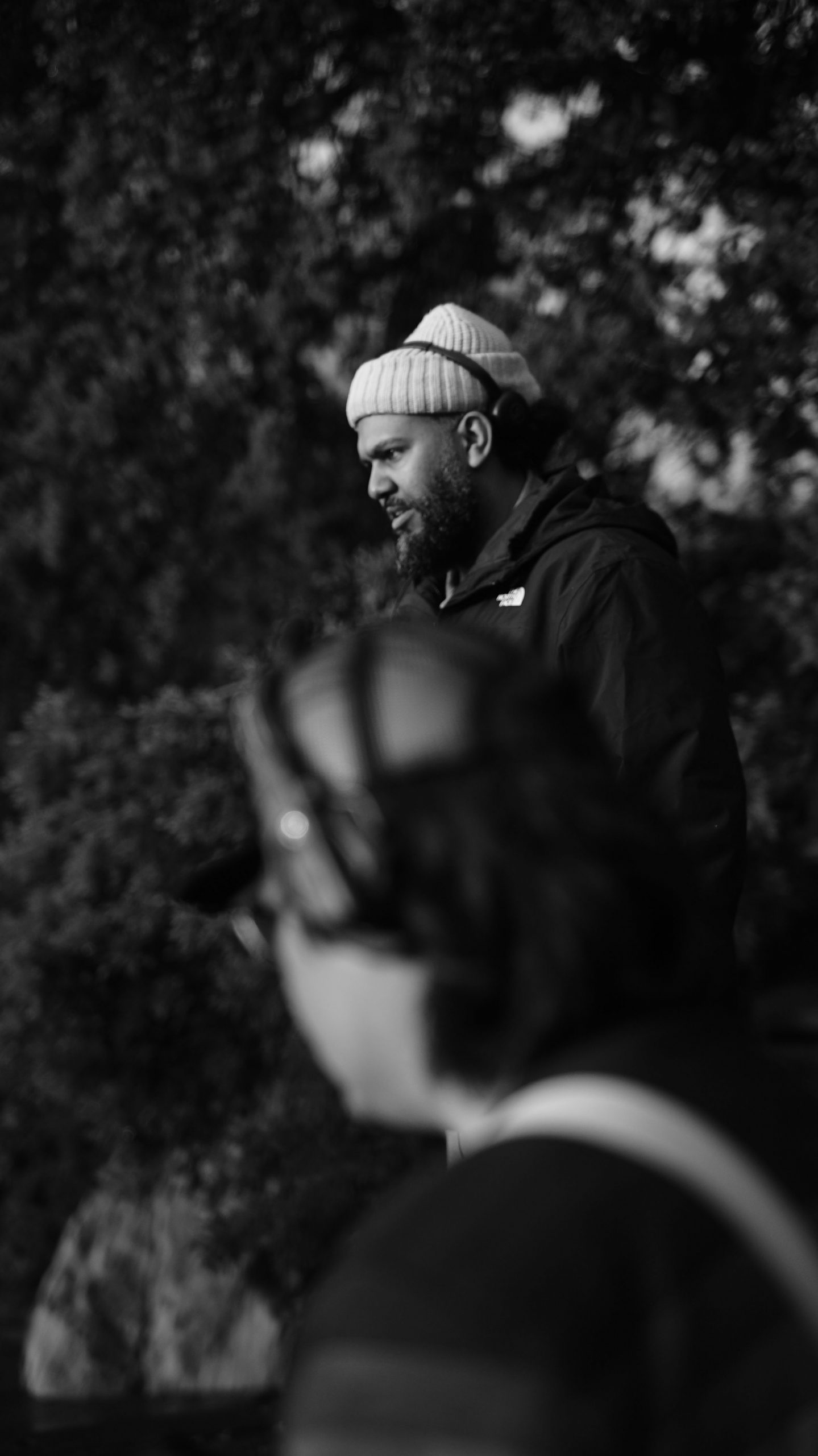

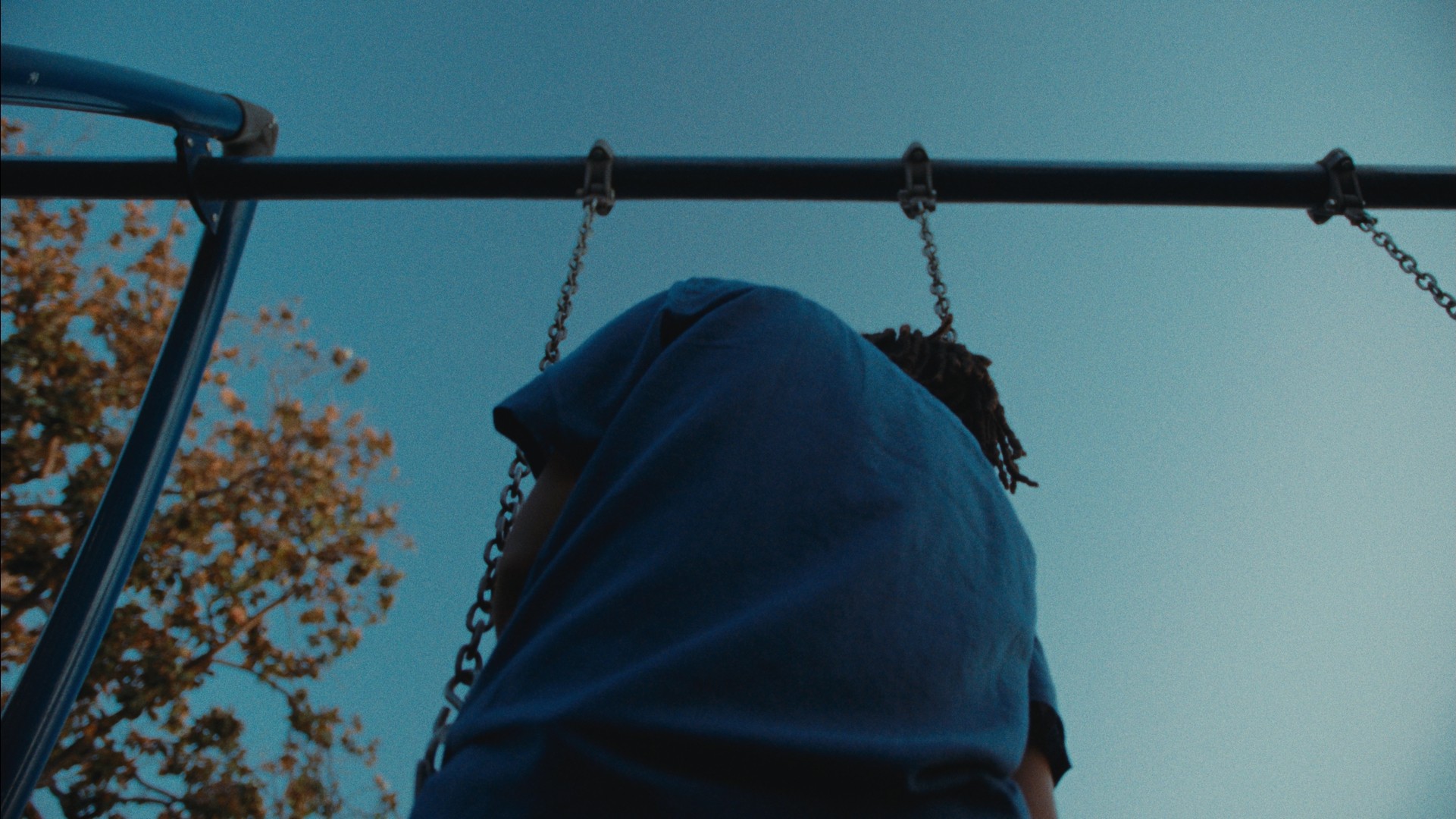
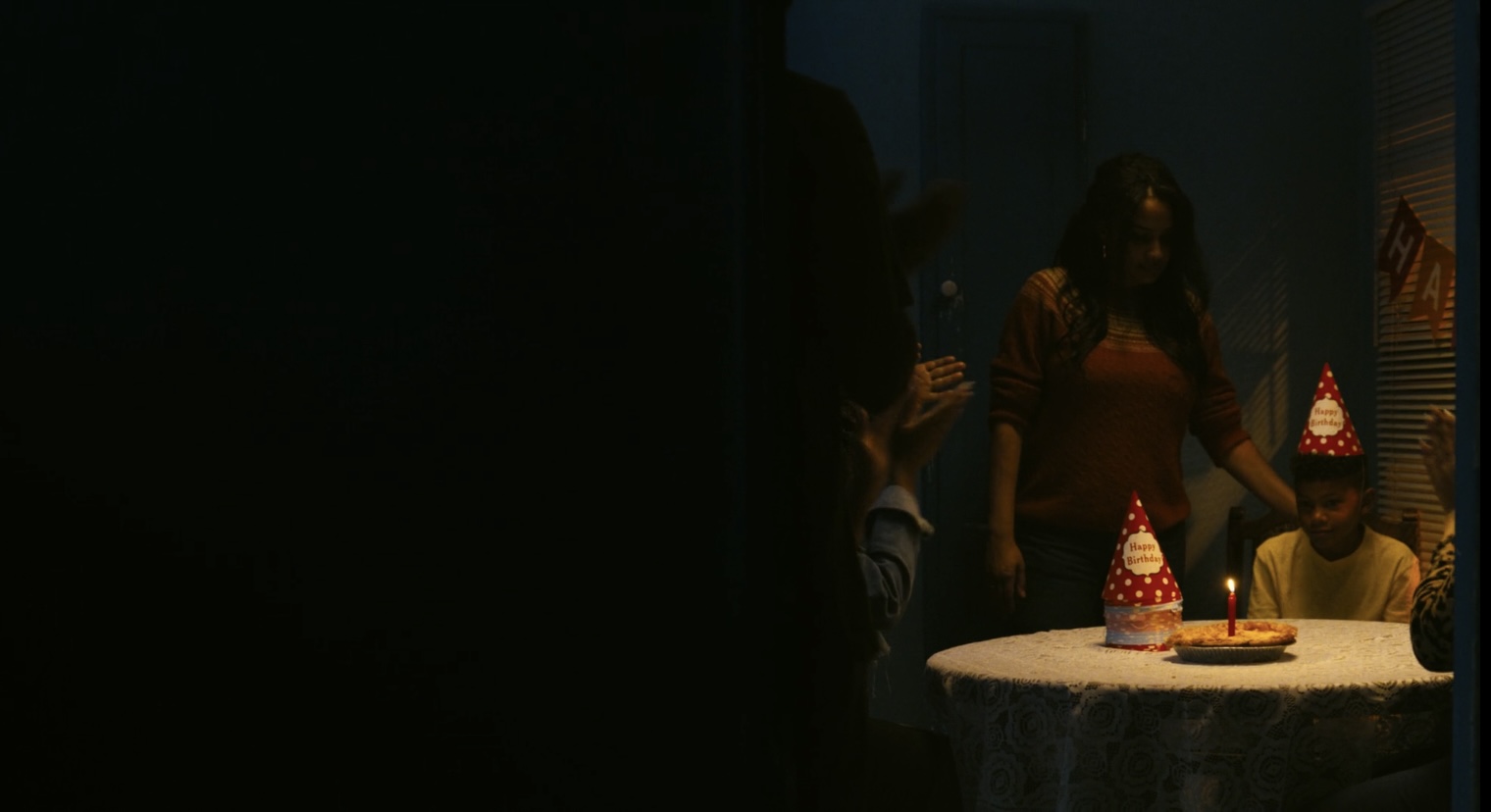
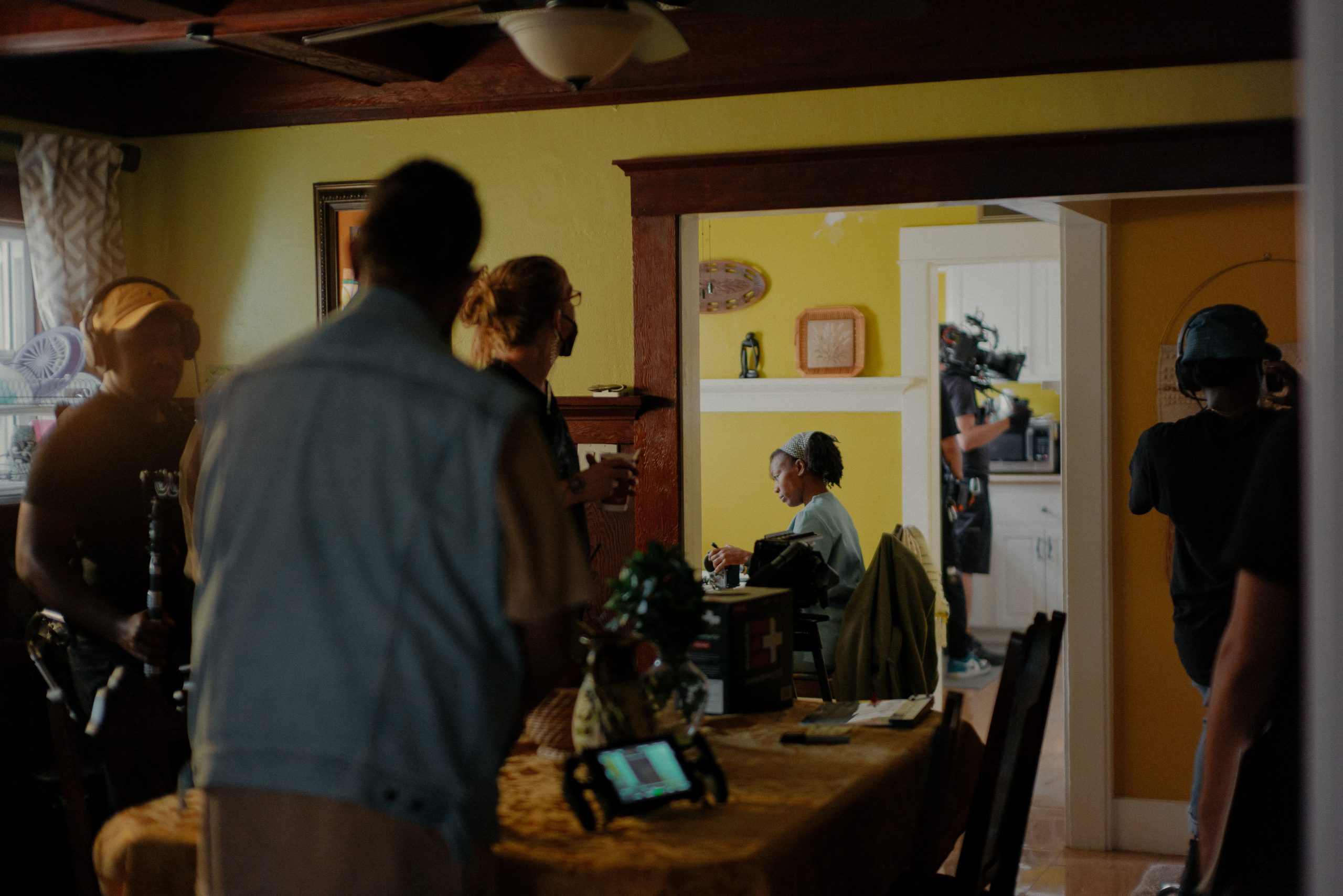
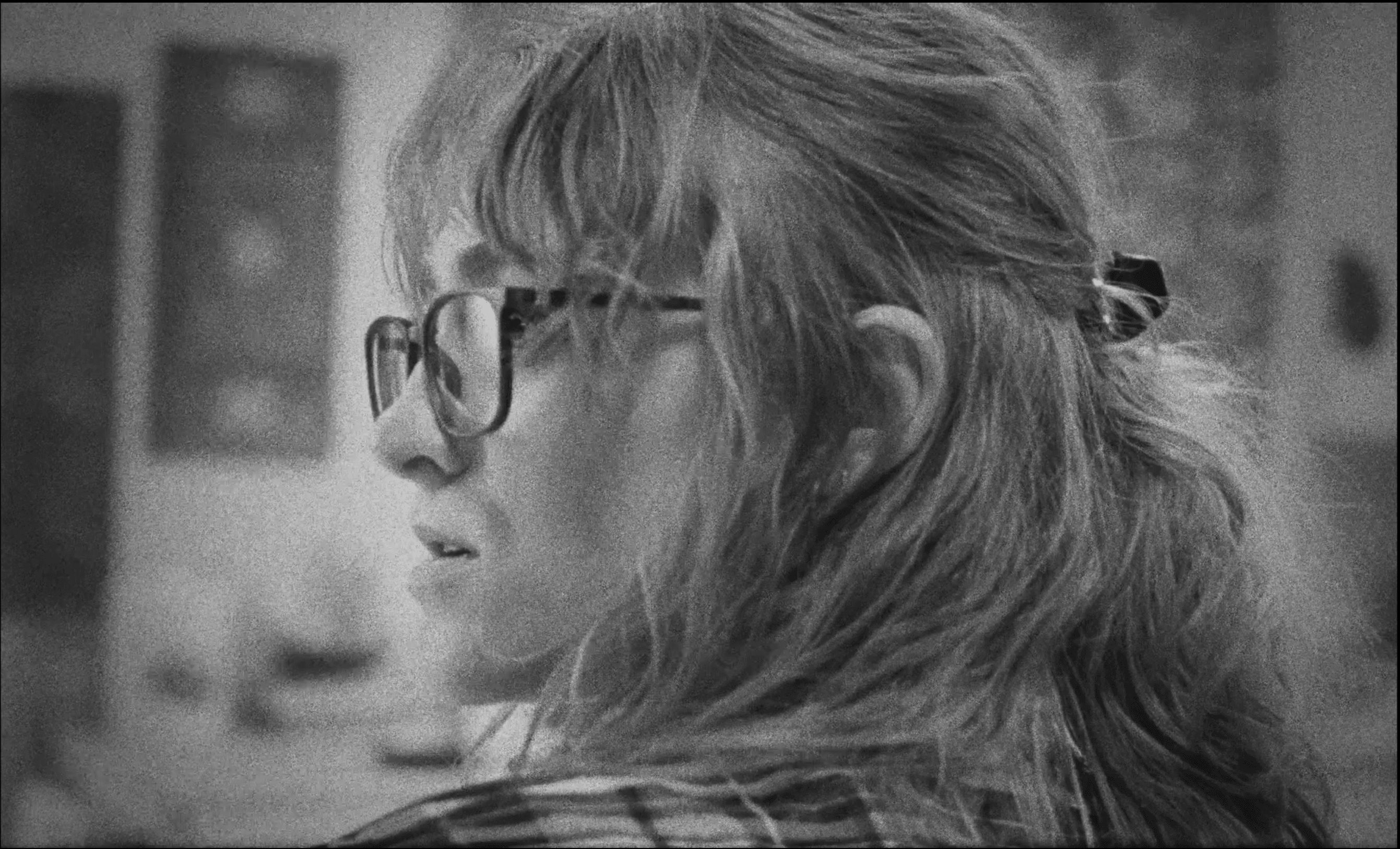
Image Credits
Zach K. Johnson
Mario Vega
Joewi Verhoeven
Miko Malkhasyan
Oscar I. Jimenez
